2020-05-11pytorch自定义求导
Posted
tags:
篇首语:本文由小常识网(cha138.com)小编为大家整理,主要介绍了2020-05-11pytorch自定义求导相关的知识,希望对你有一定的参考价值。
参考技术A 官方网站forward的说明
backward说明
参考:
定义torch.autograd.Function的子类,自己定义某些操作,且定义反向求导函数
Pytorch入门学习(八)-----自定义层的实现
自动求导 动手学深度学习 pytorch
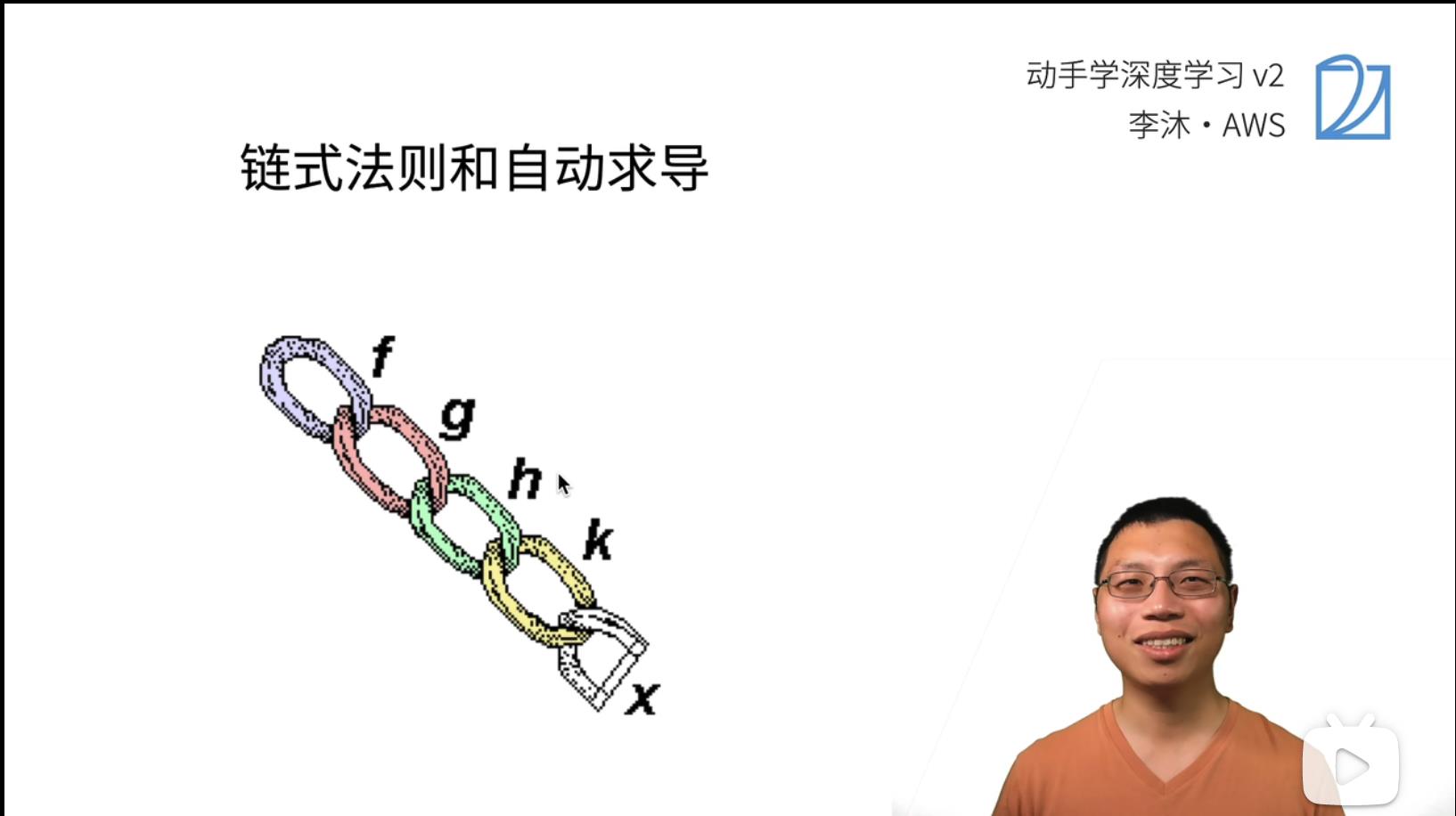
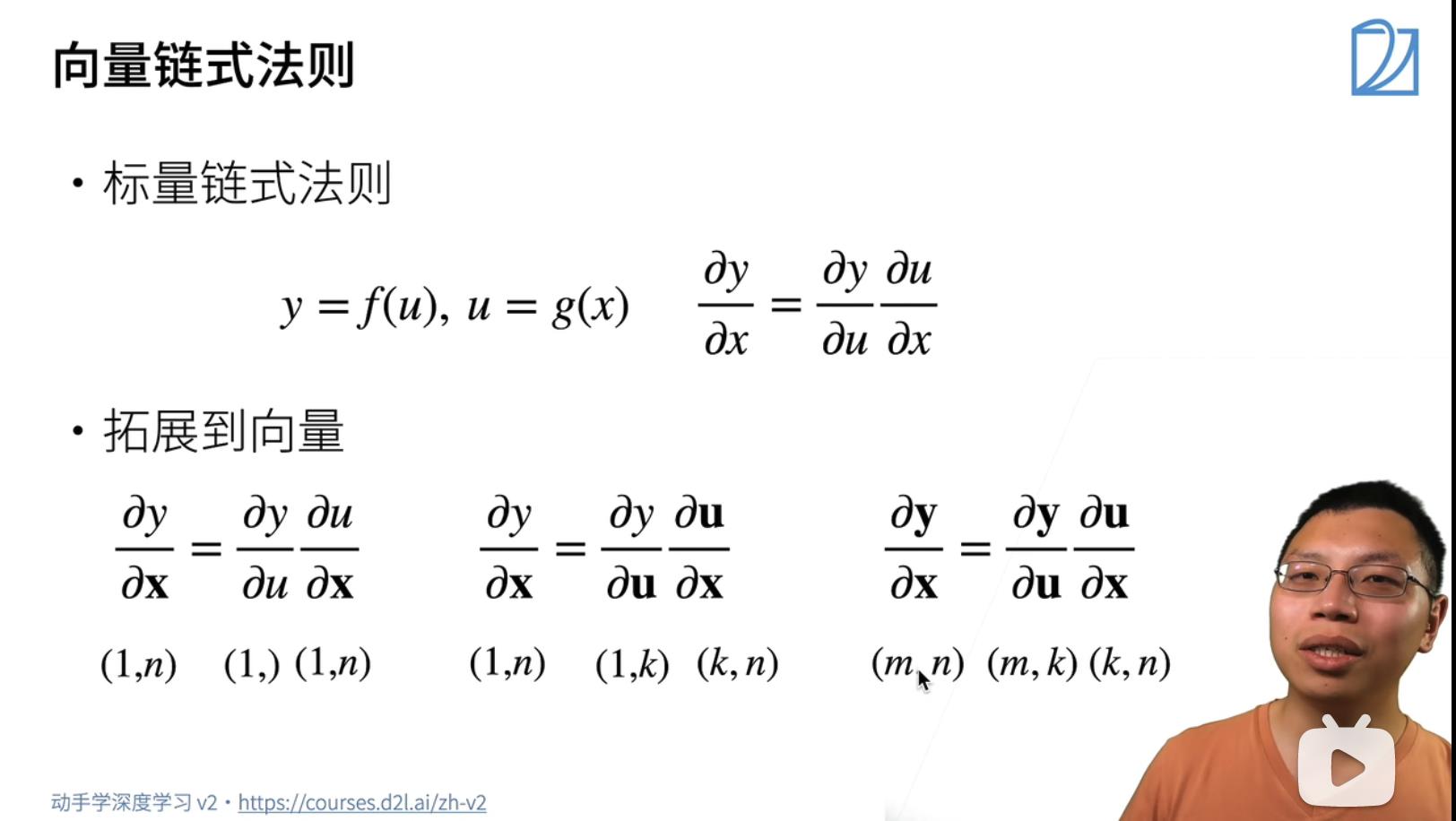
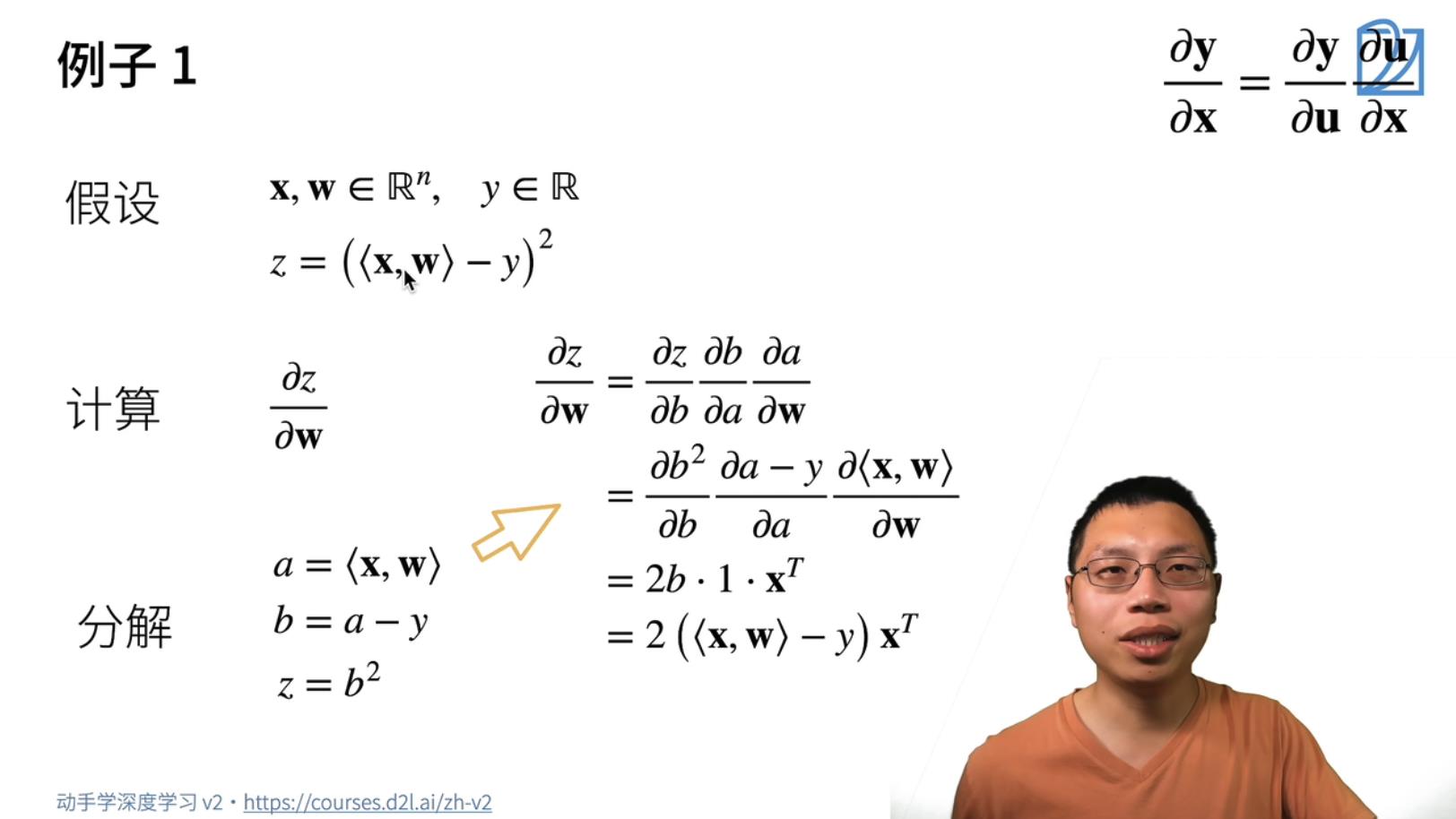
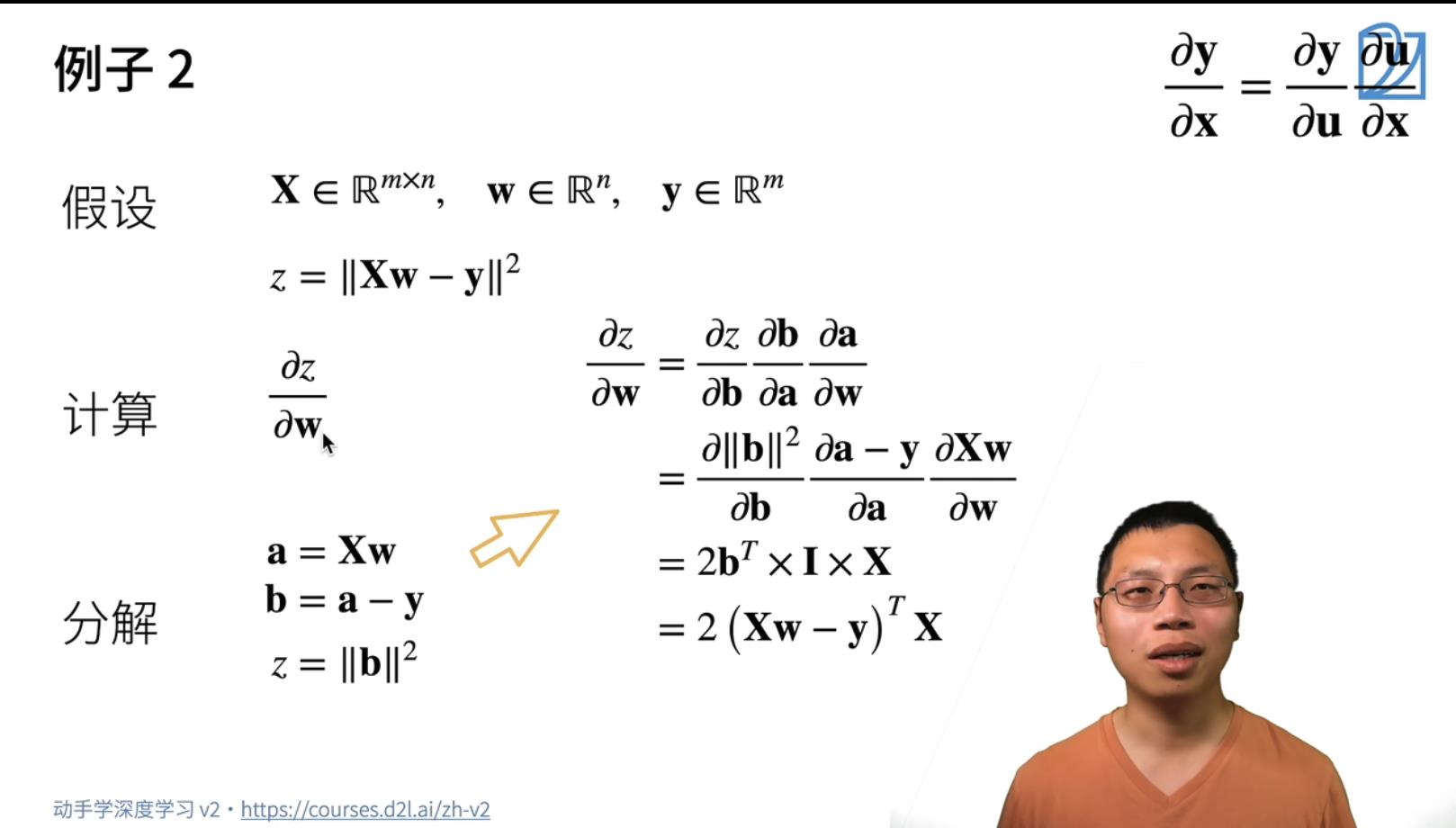

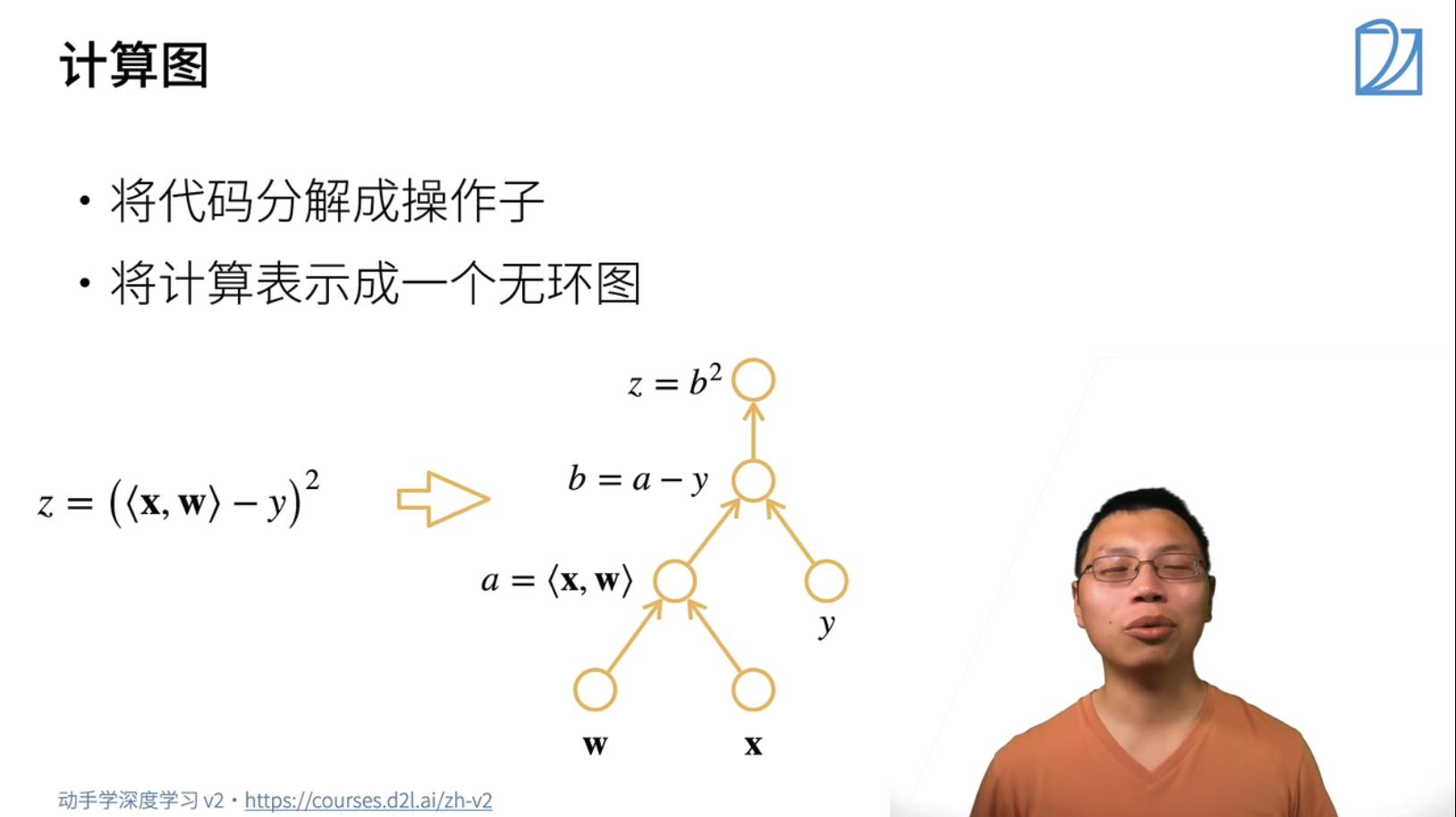
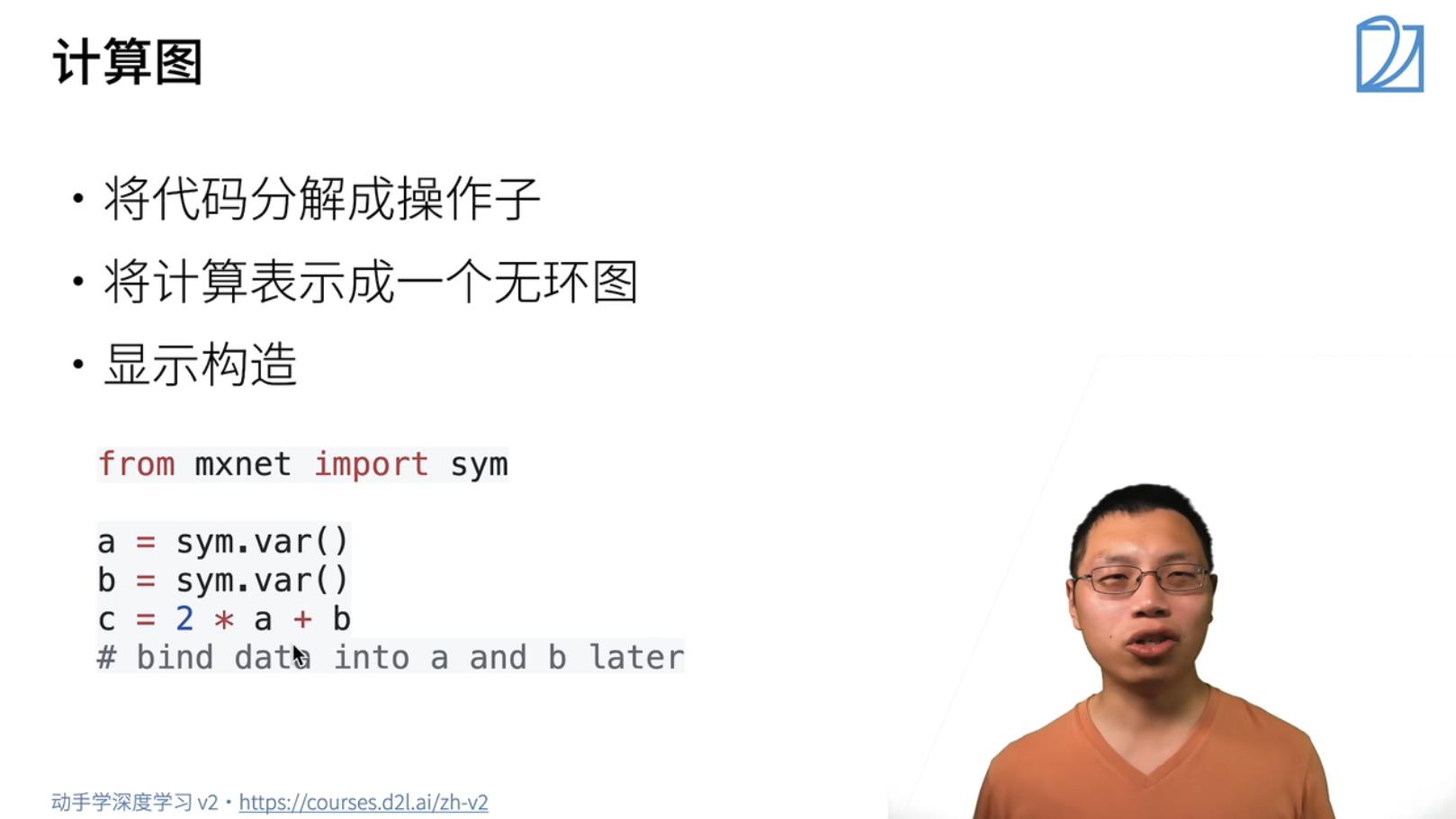
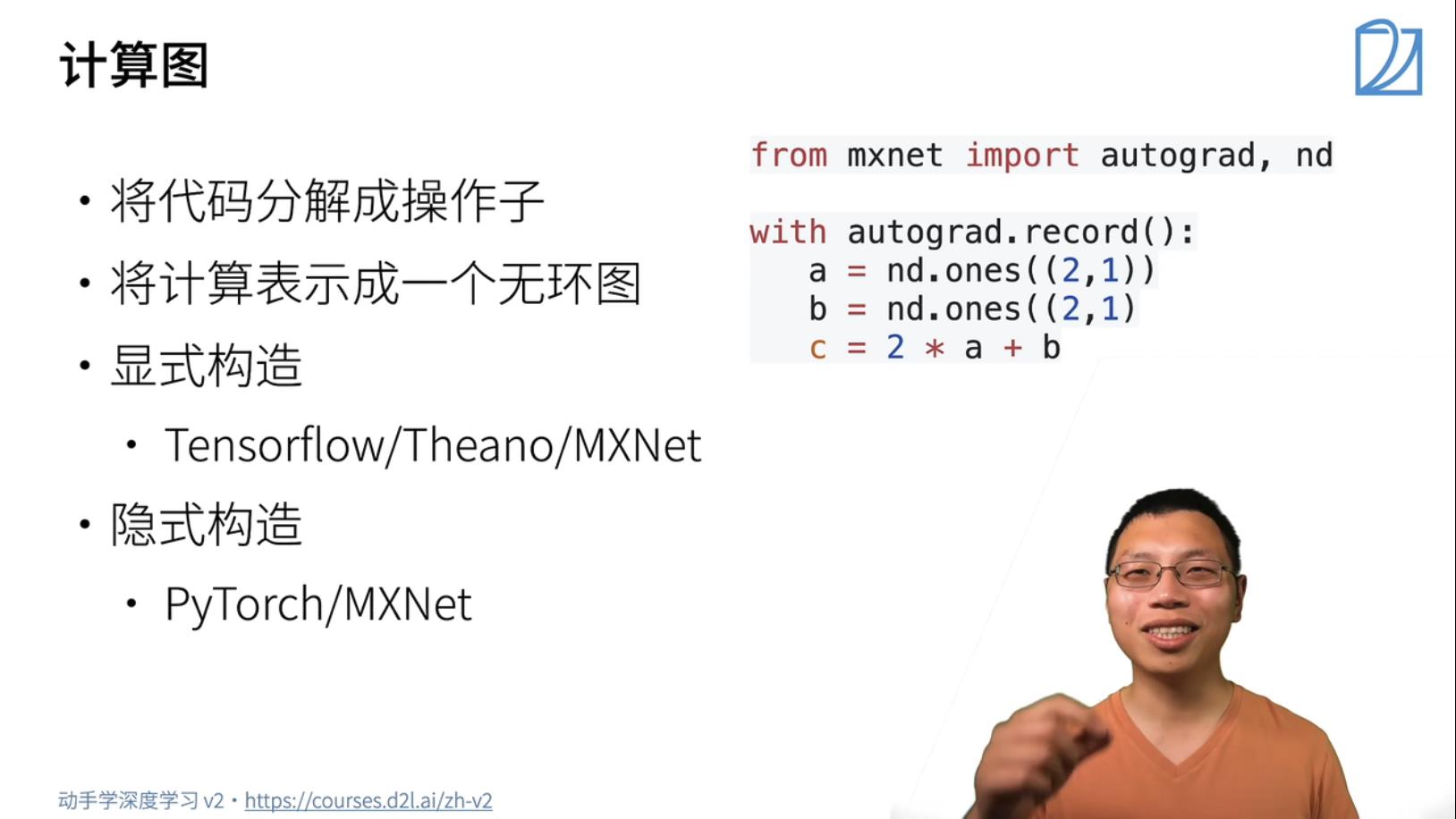
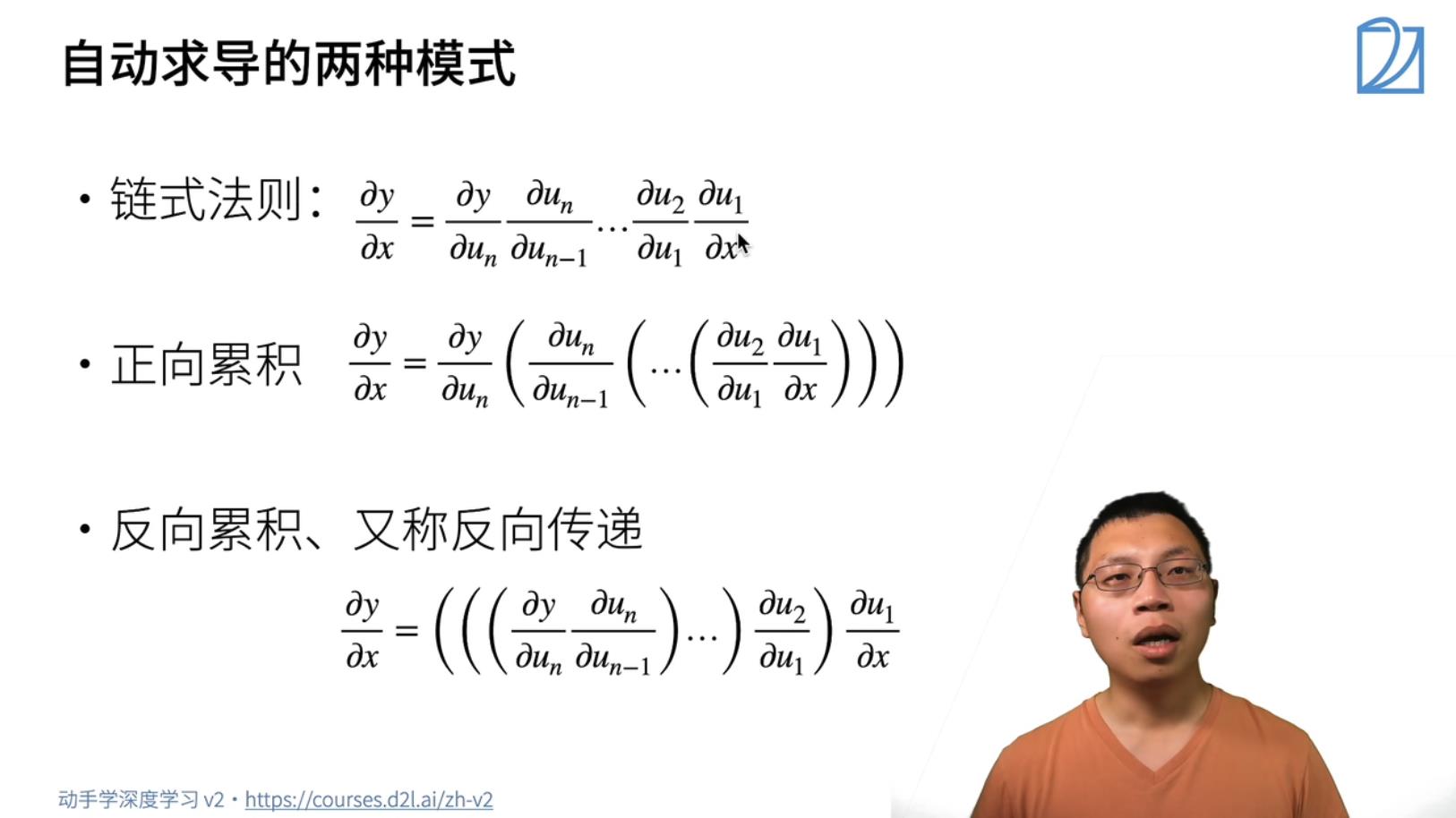
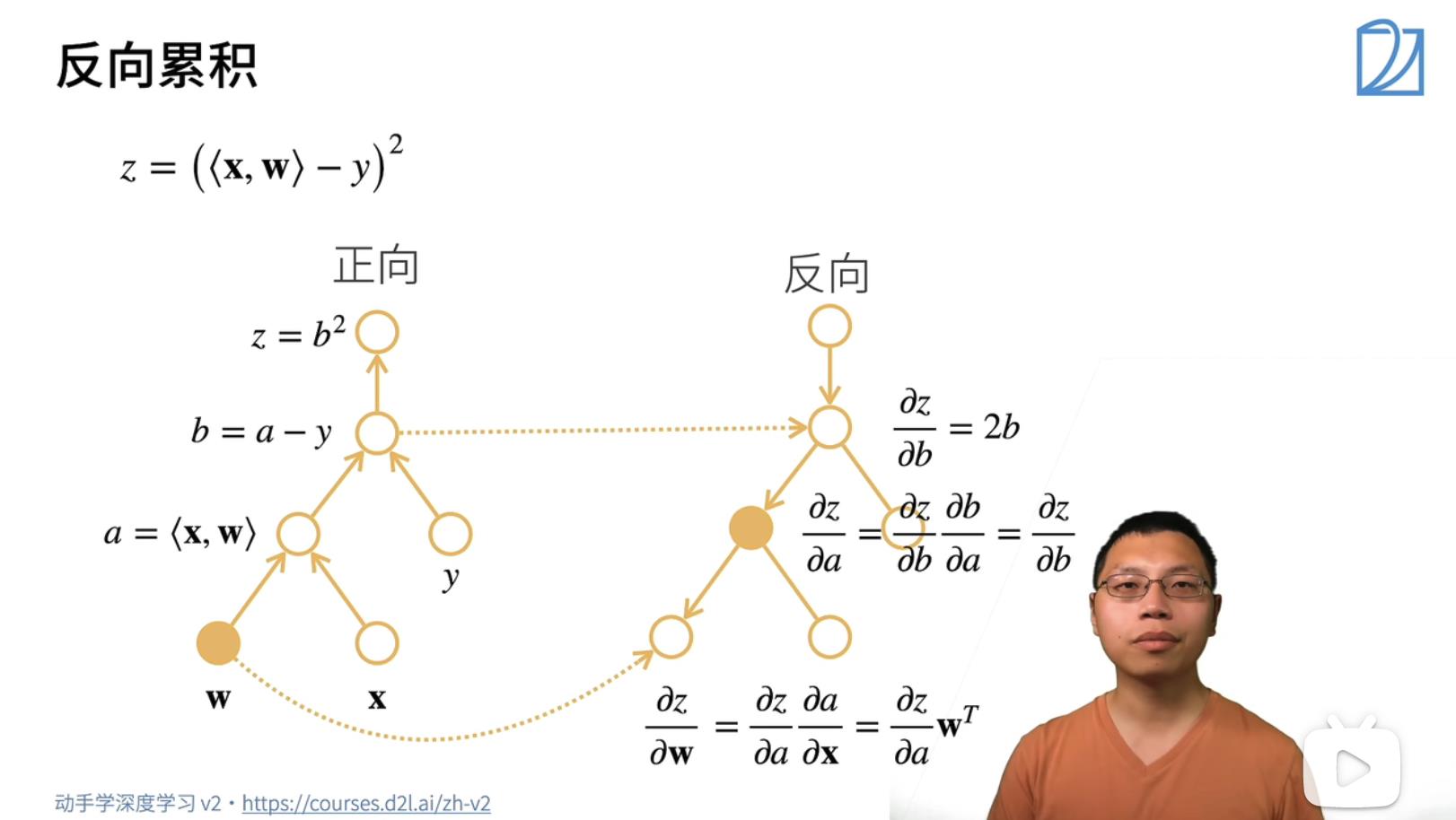
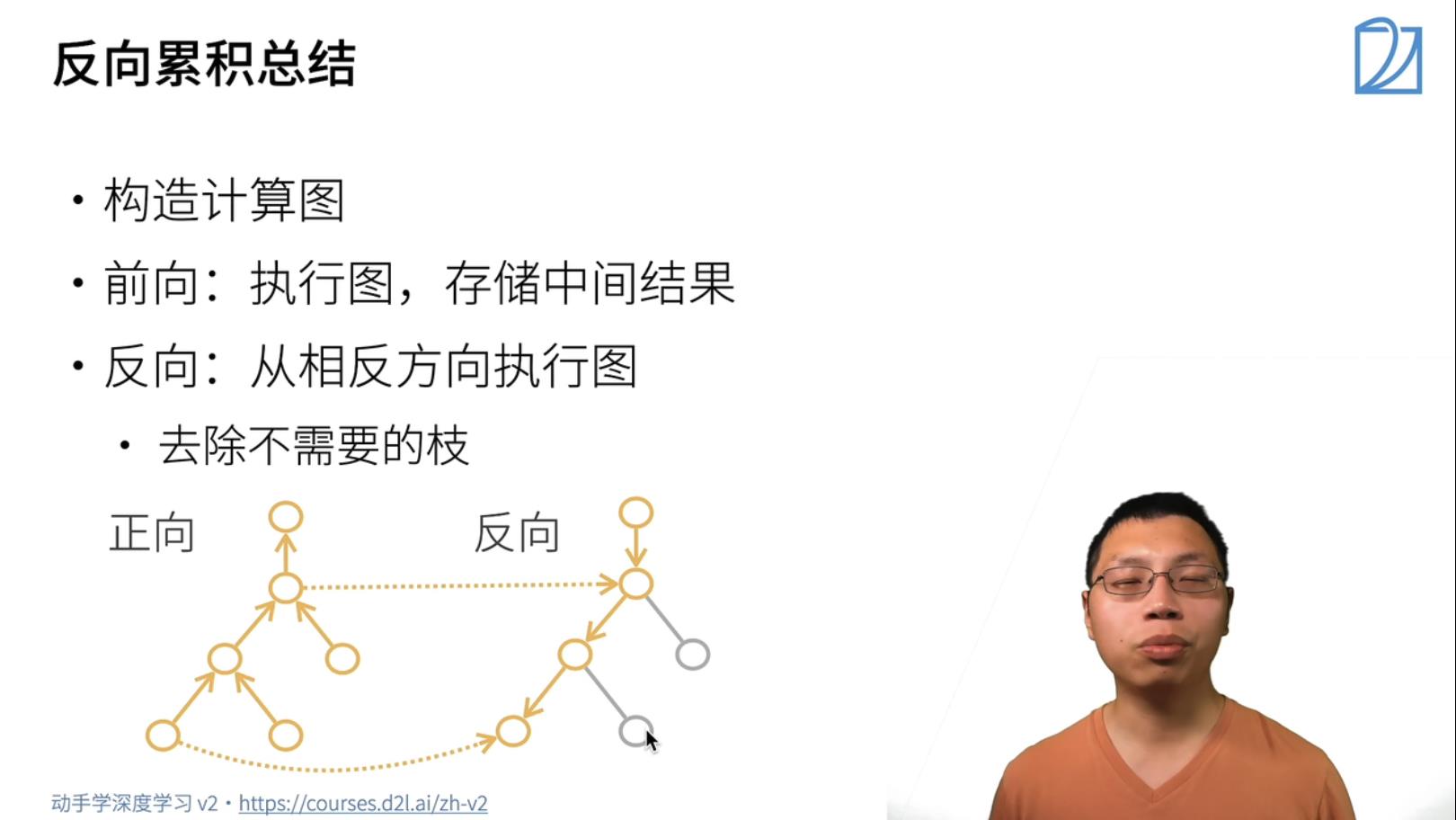
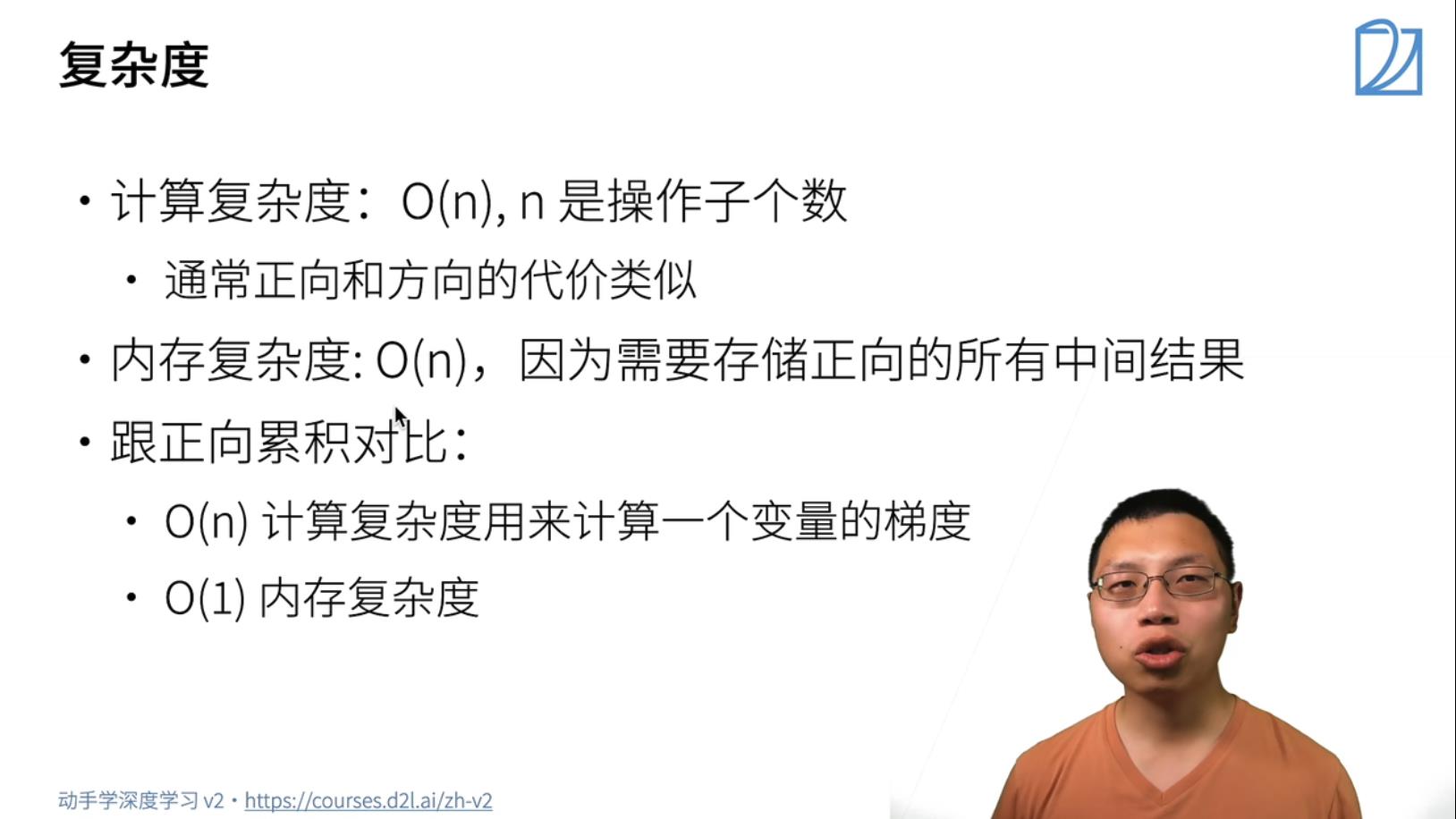
例子:
import torch
x = torch.arange(4.0)
x
tensor([0., 1., 2., 3.])
x.requires_grad_(True) # x = torch.arange(4.0, requires_grad=True)
x.grad
y = 2 * torch.dot(x, x)
y
tensor(28., grad_fn=<MulBackward0>)
y.backward()
x.grad
tensor([ 0., 4., 8., 12.])
x.grad == 4 * x
tensor([True, True, True, True])
x.grad.zero_()
y = x.sum()
y.backward()
x.grad
tensor([1., 1., 1., 1.])
x.grad.zero_()
y = x * x
y.sum().backward()
x.grad
tensor([0., 2., 4., 6.])
x.grad.zero_()
y = x * x
u = y.detach()
z = u * x
z.sum().backward()
x.grad == u
tensor([True, True, True, True])
x.grad.zero_()
y.sum().backward()
x.grad == 2 * x
tensor([True, True, True, True])
def f(a):
b = a * 2
while b.norm() < 1000:
b = b * 2
if b.sum() > 0:
c = b
else:
c = 100 * b
return c
a = torch.randn(size=(), requires_grad=True)
d = f(a)
d.backward()
a.grad == d / a
tensor(True)
bb = torch.arange(4.0)
print(bb)
bbn = bb.norm()
print(bbn)
tensor([0., 1., 2., 3.])
tensor(3.7417)
norm() 函数表示每个数字的平方之和 开根号 (0 ** 2 + 1 ** 2 + 2 ** 2 + 3 ** 2) ^(1/2)
参考
https://www.bilibili.com/video/BV1KA411N7Px
以上是关于2020-05-11pytorch自定义求导的主要内容,如果未能解决你的问题,请参考以下文章
[Pytorch系列-21]:Pytorch基础 - 反向链式求导的全过程拆解